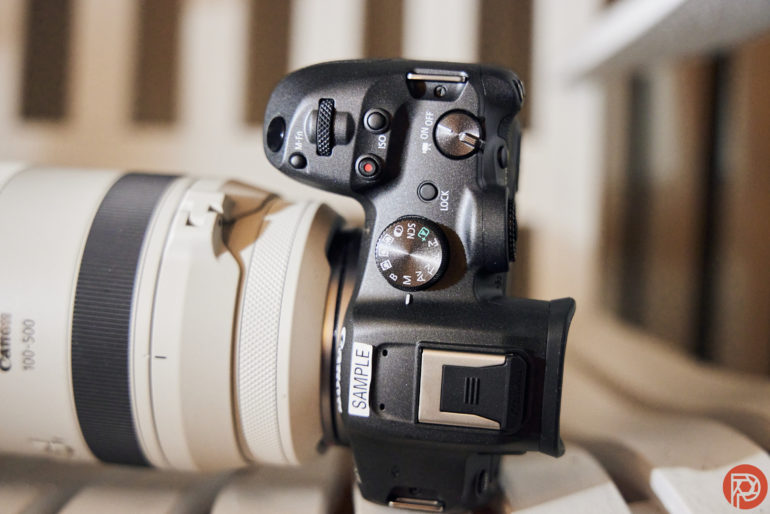Modern APS-C sensors feel like a factory farm operation designed for consumers to reap the benefits of an artificially inflated yet subpar product. The 33-megapixel sensor on the Canon EOS R7 and the 40-megapixel sensor that Fujifilm uses on their X series cameras are perfect representatives to this statement. In Canon’s case, you get great autofocus, slightly less megapixels, and high ISO image quality that falls apart like an overfed chicken so plump that its own legs break. With Fujifilm’s APS-C cameras, you get higher details and beautiful image quality that degrades like a cut of meat after cooking it beyond medium. If this is making you hungry, it shouldn’t. Like your elders, APS-C cameras just aren’t all that good anymore.
Poetic Garbage
Of all the APS-C cameras that came out in the past decade, I think that among the best was the Fujifilm X Pro 3. This camera kept a modest megapixel count, had exemplary ergonomics, and simply worked. Fujifilm considers it a commercial failure, but I think the failure came from their lack of communication about how to work with the product.
Fast forward to today, and you’ll see more cookie-cutter APS-C cameras. There’s little differentiation among them all. What’s more, they use variants of the same sensors in most cases — like puppy mills that promote incest amongst the dogs for profit. You could say that companies are designed to make a profit; but consumers are designed to purchase better products and shape how companies improve their products. And all that we’ve seen are influencers who are bought by the manufacturers and amplify their words like televangelists funding a private airplane.
The Problems with APS-C Cameras

To escape my poetic channeling for a moment, APS-C cameras have way too many megapixels in a way that we haven’t see in almost a decade. For many years, APS-C cameras had 12 megapixels. When they made the jump to 16MP, things got problematic. The same happened when they jumped yet again into their 20s.
We can say that it will fix itself with time, but there’s a compound problem here. All these cameras feel the same. All the APS-C cameras share variants of the same sensors with lenses designed to be clinical. Autofocus algorithms haven’t taken a major step forward, and the ergonomics of cameras these days cater to people that they weren’t designed for: video shooters. These creators revel in blissful ignorance, not knowing the beautiful touch of a camcorder’s ergonomics.
Clearly Spelled Out
Now let me spell it out a whole lot more clearly for you if you’re still not following:
- Modern APS-C cameras have a problem with too many megapixels
- The processors don’t have autofocus algorithms that give these cameras the speed and accuracy they deserve
- The image quality breaks up way too much beyond ISO 3200. But a big reason why you’d use an APS-C camera is because of the high ISO output and the reach it can give your lenses.
- They’re all using the same parts and therefore being more or less the same cameras. It becomes the equivalent of trying to tell the difference between the smell of Chiquita bananas and regular bananas that have been mashed up to become banana bread.
- We need more variety. And camera manufacturers can’t say that photography is a dying market when the photograph hasn’t died. It’s still everywhere around us; and it’s only on social media that video really does so much better.
It’s time for manufacturers to realize that the camera isn’t a device that’s absolutely needed these days. Most people can do everything easily with their phones instead. So they have to embrace the art of variety.


